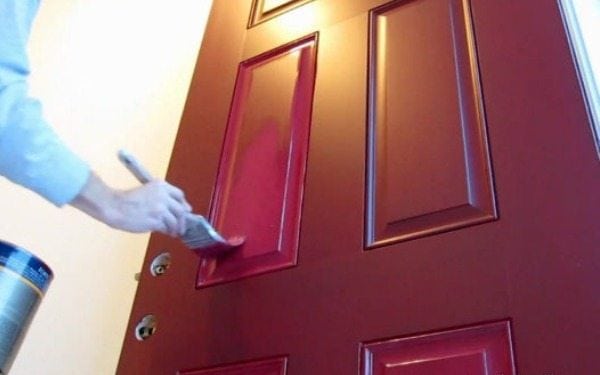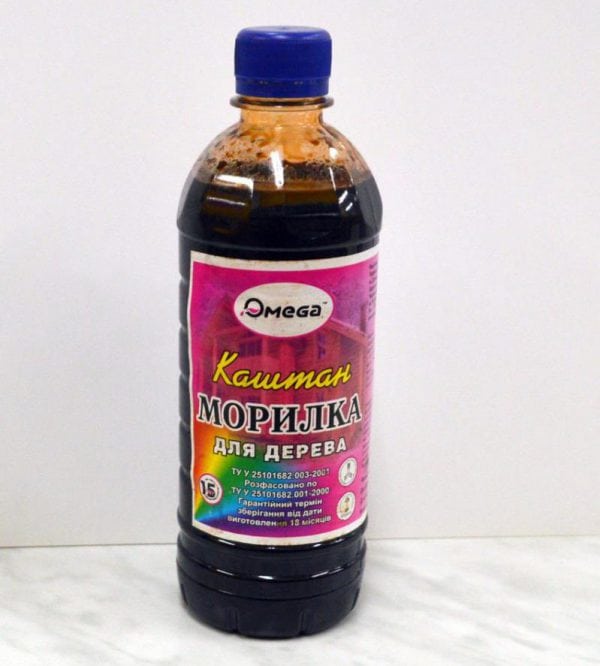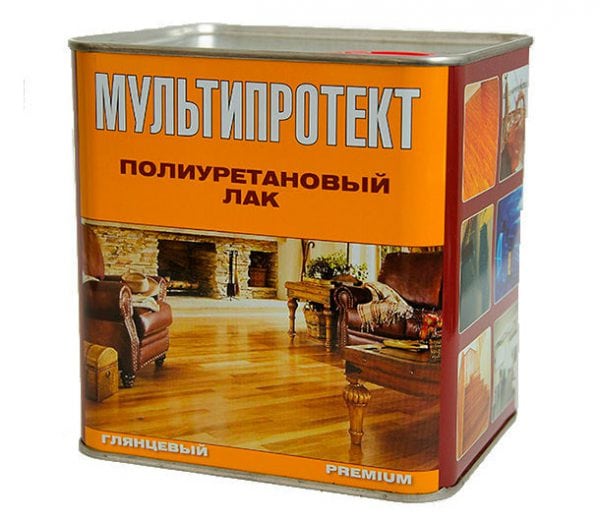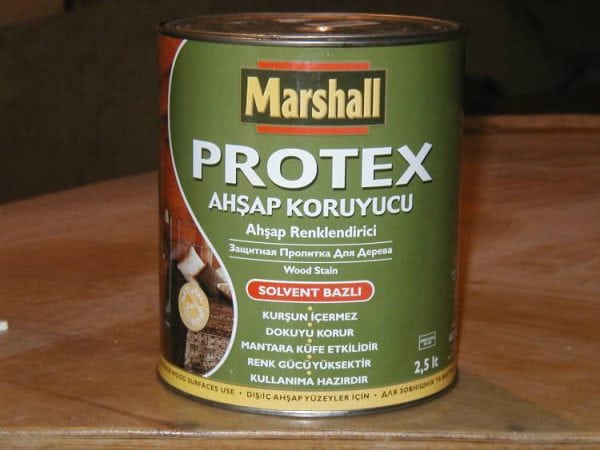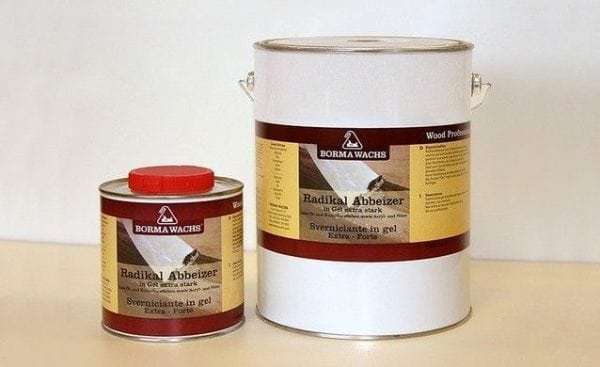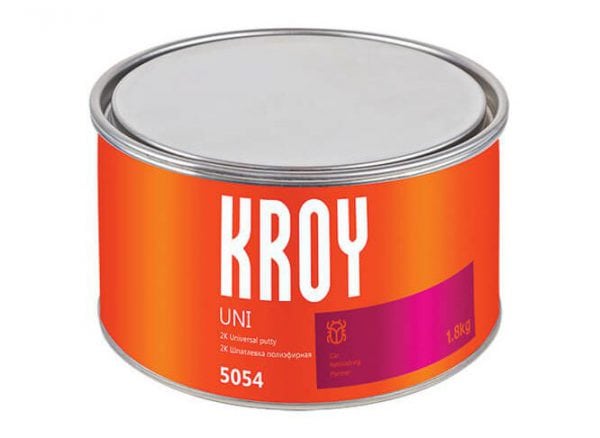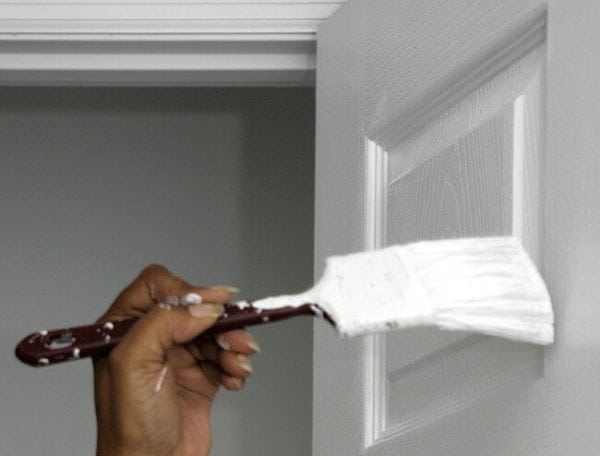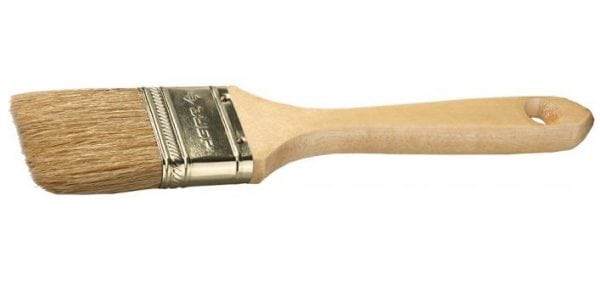Thanks to coloring, a new door in an apartment or house can become not only more aesthetically attractive, but also more protected from the influence of environmental factors. The same applies to old doors, because over time, any painted surface loses its former attractiveness, since the paint dims, exfoliates and bubbles. Painting wooden doors is a fairly simple job, but there are nuances in this matter, without which it is difficult to achieve a good result.
- Paint selection
- Staining technology
- Preparation of a wooden surface
- Regular staining
- Work with stain
- Wood imitation

Paint selection
Staining due to the huge variety of compositions allows you to give a wooden product almost any kind. Paints are transparent, matte and glossy. Moreover, if there is a desire, it is possible to use several types of paint for one door - it all depends on the tasks, the wishes of the master or designer. Very often, the doors are first impregnated with a tinting compound, and only then a decorative coating is applied.
Note! Not all paints and varnishes are compatible with each other. For example, a stain comes to the varnish, but not an oilseed.
Paints for doors are made on the basis of acrylic, polyurethane, alkyds, perchlorovinyl. A very rare and obsolete option is oil-based paints. Today, even domestic manufacturers refuse them.
For coloring doors, it is recommended to use acrylic or alkyd paint. Acrylic latex compositions have a suitable consistency for working with a brush, as well as decent spreadability and hiding power (although acrylic paints are inferior to oil in this parameter). Alkyd paints are characterized by excellent water-repellent properties, and in addition, they are highly resistant to temperature extremes, as well as quick drying.
Note! Alkyd paints can only be applied on perfectly dry wood. If the surface is wet, its adhesive qualities will not be enough to ensure reliable adhesion to the paint material, which will result in exfoliation of the paint.
Paint has two competitors - varnishes and impregnations. To understand the differences between these compounds, we will briefly dwell on their properties and tasks:
- Varnishes can be colored, as well as matte or glossy. Varnishes are made on an oil or alcohol basis. In addition, nitro-lacquers, which are not very suitable for wood, are produced on the basis of solvents. The best option for wood processing is a polyurethane varnish based on water or solvent. Transparent varnishes allow you to maintain the visibility of the texture, which emphasizes the beauty of the tree. However, if there are even the slightest defects on the surface, the varnish will not be able to hide them, so in this case it is better to prefer paint.
- Oil impregnations are aqueous or organic compounds with the addition of wax, flame retardants, pigments, metal salts, hydrophobic substances and fungicides. Impregnations give the wood a beautiful silky shade. Most often, impregnations are colorless, but tinting compositions are also used. Impregnations also protect the material from the harmful effects of the environment.Moreover, unlike paints and varnishes, impregnations protect not only the surface of the wood, but also its interior.
Staining technology
Painting of wooden doors with your own hands begins with the removal of the structure from the hinges. After the door is dismantled, we lay it on a flat surface (you can use a table, a couple of stools, etc.).
Note! If alkyd paint will be used, it is recommended that all work be carried out outdoors or indoors, where there is a large amount of air.
Next, we lock the canvas in such a way as to have free access with a brush to all the necessary elements. Locking is also necessary in order to prevent accidental closing of doors during the drying of the surface. If the door closes, damage to the paintwork is possible.
It is also advisable to remove accessories. If this is not possible, as well as in the case of fixed loops, all parts must be protected from paint. To do this, paper that can be attached with tape is suitable. It is even better to wrap the accessories with foil. It is recommended to seal the locking mechanisms with tape.
to contents ↑
Preparation of a wooden surface
To prepare wooden doors for painting, they must first be cleaned, and then treated with a primer and putty.
Below is a step-by-step instruction for preparing a wooden surface:
- Before repainting the door, remove all old paint or enamel, as well as the primer and putty. It is best to use a grinder for this purpose. If not, you can use sandpaper with an average grain size. Sprayed surfaces can be cleaned with a hair dryer - this device will heat up the paint, after which it can be removed with a spatula. There is another, simple but costly method of cleaning the surface - special washing fluids for wood.
- The next step is surface polishing, during which it is necessary to get rid of any defects, including residues of paints and varnishes, roughnesses, dents and scratches. Work is carried out using a grinder or medium-sized sandpaper.
- Next, cover the door with a primer. On the primed doors for painting we apply a layer of putty for wood. Moreover, if it is planned to paint the product with transparent paint, the putty should also be colorless. If we are talking about an opaque paintwork material, the color of the putty does not matter. When applying a primer and putty, one should not forget that it is necessary to cover all areas of the door, including the gaps between the decorative parts, between the lintel and the jamb.
- After the final drying of the putty (the specific date is indicated by the manufacturer on the packaging), we proceed to re-grinding the surface. First we use a grinder, and then continue with a medium-sized sandpaper. We finish grinding with the use of an abrasive with fine grain.
Tip number 1. Too noticeable dents can be leveled with car putty. The choice of this material is dictated by the absence of fiberglass in its composition.
Tip number 2. If the wood under the old paint has become too dark, it can be lightened. To do this, we treat the surface with a solution of bleach with water. The ratio of components in the solution is 1 to 3.
At the end of grinding, we clean the surface of dust with a vacuum cleaner, and then wipe the wooden product with a damp cloth.
to contents ↑Regular staining
In this part of the article we will not dwell on sophisticated methods of coloring, for example, artificially aging a surface, painting or emphasizing wood texture using special methods. It will be about the usual coloring of the doors.This must be done in a quality manner - so that smudges and spots remain on the surface.
For painting one or two doors, buying a sprayer hardly makes sense. Therefore, you can use a narrow paneled brush for a paneled canvas, and a roller is suitable for all types of canvas.
Tip. Before starting work, it is recommended to fluff the brushes, while removing loosely fixed hairs so that they do not remain on the canvas during staining.
Further actions depend on the design features of the door:
- We paint the shield door in three stages. When painting, we use a roller, since it allows you to apply paint more evenly and does not leave hairs. The first thing we do is paint on the end. From the upper left corner of the end face we move to the right. Thus, we paint the entire canvas, and then dry it in accordance with the instructions from the manufacturer. At the second stage, we paint the door lengthwise. Finally, we do everything the same as in the first stage, but from the right corner.
- When painting the panel door, use a brush. We carefully treat the surface, not forgetting the recesses. In this case, excess paintwork on the canvas should be avoided. After the paint layer dries, we do everything the same as indicated in the instructions for painting the shield door.
Work with stain
We clean the clean door slightly. On a damp surface, the stain will lie better. We paint first along the fibers, then across. The third layer is again applied in the direction of the fibers.
Weeds and webs (it does not need to be removed) are processed from below so that the drops do not fall on a clean surface. This applies to staining with transparent compounds. If it is an opaque paint, the direction of coloring does not matter.
After applying water stain, the fibers rise slightly. Therefore, grinding with a zero-sandpaper is necessary. Then remove the dust and apply another layer of stain. Alcohol stain does not provoke the raising of fibers. Based on this, it is not necessary to grind the surface after such a stain. The advantage of aqueous formulations is non-toxicity and lack of smell.
to contents ↑Note! The surface that is not yet dry seems darker than it will be when it dries. Darker tones are achieved by repeated staining.
Wood imitation
How to paint a door under a tree is briefly described below:
- We apply yellow, light gray or light beige paint to any material (for example, MDF). Wait until the surface dries.
- We process the surface with liquid soap.
- Apply a layer of dark paint and wash off the liquid soap.
Veneered doors can also be given a full wood texture. For those who want to learn how to paint a door under a tree, this option is offered:
- Using a special brush comb we process soft veneer fibers. A surface of wood texture will appear on the surface.
- Apply one or more coats of paint.
- Grind the surface.
If you adhere to the elementary rules that are described in the article, no difficulties should arise when painting the door. For beginners, it is recommended to start painting the fabric from the inside out or to practice on a piece of unnecessary wood. It’s easier to fill your hand and avoid mistakes in the future.

